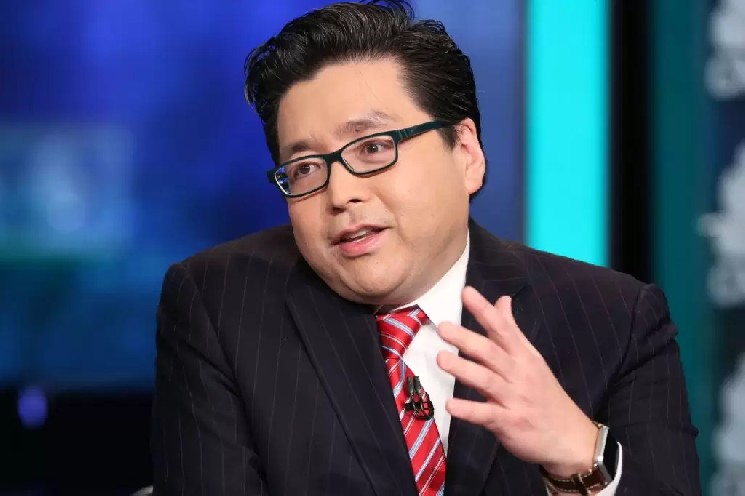A Federal Reserve official reiterated a hawkish signal on the pace of rate cuts this week. Thomas Barkin, president of the Federal Reserve Bank of Richmond, said in a speech on February 25 that the U.S. central bank must maintain a firm commitment to fighting inflation, and pointed out the risk of persistent inflationary headwinds, which could lead the Fed to adopt a rate hike policy to respond.
In his speech, Barkin emphasized that in the context of heightened overall economic uncertainty, monetary policy should maintain "moderate restraint":
The labor market remains robust, but inflation is still slightly above target. Maintaining moderate restraint makes sense until we are more confident that inflation will return to the 2% target.
I know the fight against inflation is a long-term process, but we must remain steadfast. We realized in the 1970s that if we suppress inflation too early, it will reappear. No one wants to pay that price.
Trump's Policy Uncertainty Leads the Fed to Lean Towards "Observation"
Barkin emphasized the challenges of "uncertainty" facing the Fed, including geopolitical conflicts, natural disasters, and particularly how policy changes in Washington will affect the economy, including tariffs, deregulation, changes in immigration policy, energy production, and changes in taxes and spending.
He pointed out that while history has given us some guidance, it is not clear how the extent of policy changes will apply to the current environment. He noted that the economic analysis of the tariff policies of Trump's first term in 2018 concluded that they led to an increase in inflation of about 30 basis points. "But this policy will not be exactly the same, and we also do not know whether the recent inflationary experience will exacerbate or mitigate the impact this time." On this, he frankly stated:
Against the backdrop of heightened uncertainty, it is difficult to make major monetary policy changes, and I would rather "observe how this uncertainty will evolve and how the economy will respond".
If Inflation Control Turns to Headwinds, Rate Hikes May Be Needed
In addition, Barkin also said that the Fed has been in a favorable position to suppress inflation for many years, but some factors in the past few years have led to an unclear wind direction, including the pandemic, geopolitical conflicts, tariffs, the U.S. budget deficit, population aging, labor shortages, and changes in immigration flows, all of which could exert long-term upward pressure on prices and inflation.
All these trends indicate that we may see inflationary headwinds replace tailwinds. As we try to end the fight against inflation, all these uncertainties require us to be cautious.
If the headwinds persist, we will likely need to use (rate hike) policy to go against the wind.
Further Reading: CPI Soars》10-Year US Bond Yield Surges to 4.66%, the Biggest Gain This Year, Will the Fed Only Cut Rates Once This Year?
The Fed is in No Rush to Cut Rates
Barkin's latest remarks also confirm that most Fed officials are currently "quite cautious" about the pace of rate cuts. The minutes of the Fed's January meeting released recently show that Fed policymakers expressed concern about the potential impact of Trump's tariff policies on inflation, tending to take a wait-and-see attitude, and they need to see more evidence that inflation is slowing before considering further rate cuts.
Fed Chair Powell also reiterated the stance of "no rush to cut rates" multiple times during his congressional testimony this month, causing market concerns that the Fed will delay further rate cuts and keep the policy rate in the current high range of 4.25% to 4.5% for a longer period.
The CME Group's Fed Watch tool shows that the market currently expects the Fed to resume rate cuts in June and possibly cut rates again in September, betting on two more rate cuts this year.
The market is currently watching the personal consumption expenditures price index (PCE) to be released this Friday, hoping that this inflation indicator favored by the Fed can decline smoothly, allowing the Fed to review inflation and the future policy path from a new perspective.







